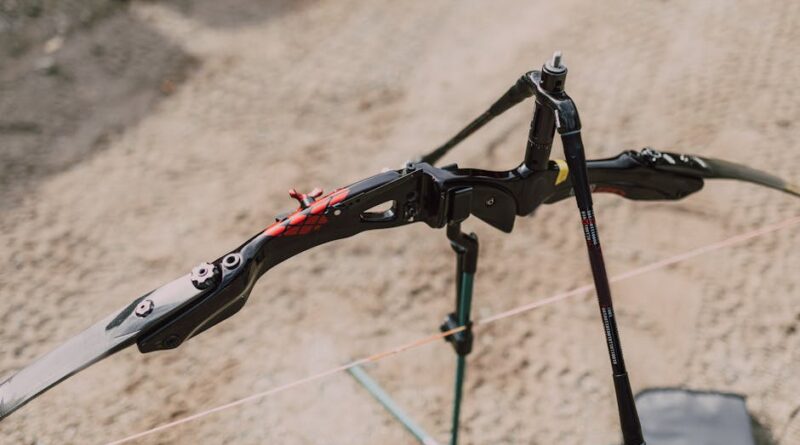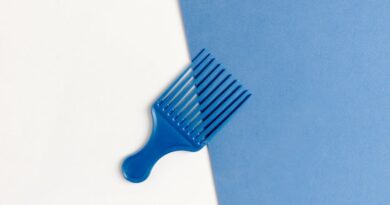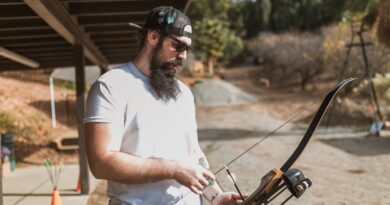How to Choose the Perfect Recurve Bow
When it comes to archery, the choice of bow can make a significant difference in your performance and overall experience. One type of bow that has stood the test of time and continues to be a popular choice among archers is the recurve bow. Whether you are a beginner looking to start your archery journey or an experienced archer in search of a new bow, understanding how to choose the perfect recurve bow is essential. In this comprehensive guide, we will delve into the various aspects to consider when selecting a recurve bow that suits your needs and preferences.
The History of Recurve Bows
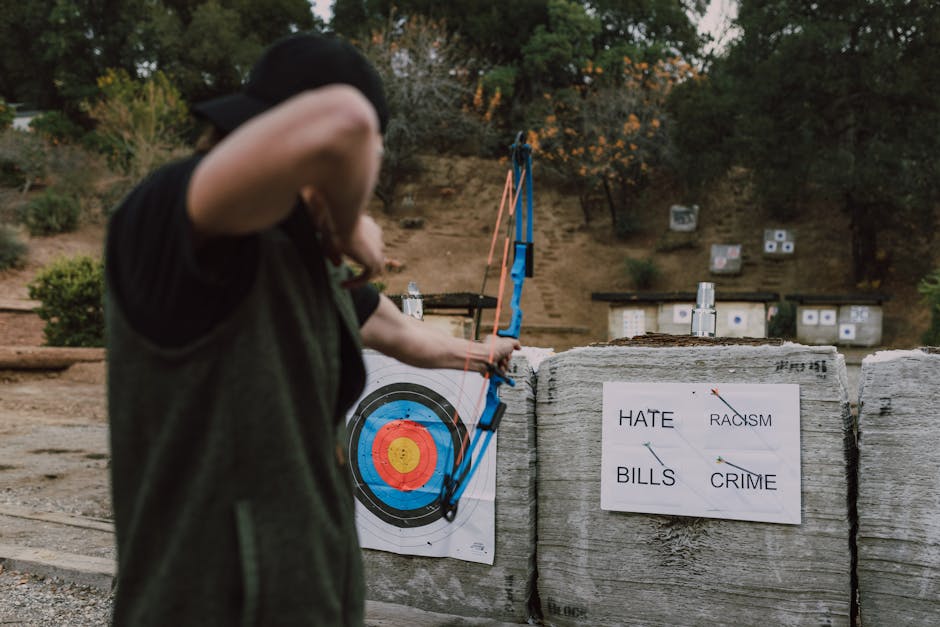
The recurve bow has a rich history that dates back centuries. Originally used by horseback archers in various cultures around the world, the recurve bow’s distinctive shape allows for a more compact bow that delivers more power than a traditional straight-limbed bow. The recurve design also stores more energy, making it a popular choice for hunting, target shooting, and even Olympic competition.
Today, recurve bows come in a variety of materials, designs, and configurations, catering to a wide range of archers with different skill levels and preferences. Understanding the key factors that determine the perfect recurve bow for you is crucial to making an informed decision.
Choosing the Right Draw Weight
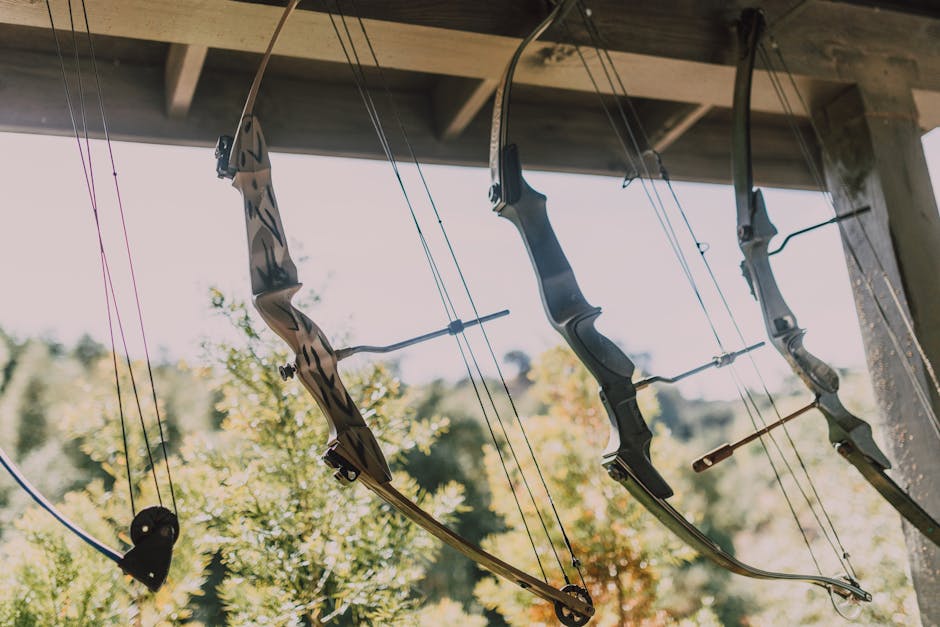
One of the most important factors to consider when selecting a recurve bow is the draw weight. The draw weight refers to the amount of force required to pull the bowstring back to a full draw. For beginners, it is recommended to start with a lower draw weight to develop proper form and technique. As you progress and build strength, you can gradually increase the draw weight to improve accuracy and distance.
It is essential to choose a draw weight that you can comfortably handle without straining yourself. A good rule of thumb is to select a draw weight that allows you to hold the bow at full draw for at least a few seconds without feeling fatigued. Consulting with a knowledgeable archery instructor or experienced archer can help you determine the right draw weight for your skill level and goals.
Understanding Bow Length and Weight

The length and weight of a recurve bow also play a crucial role in its performance and feel. A longer bow typically offers a smoother draw and more stability, making it easier to aim accurately. On the other hand, a shorter bow is more compact and maneuverable, making it a popular choice for hunting and outdoor shooting. Consider your intended use for the bow when deciding on the length that best suits your needs.
Additionally, the weight of the bow can affect your comfort and accuracy. While a heavier bow may provide more stability and reduce hand shock, it can be tiring to hold for extended periods. Lighter bows are more portable and easier to carry around but may require more effort to aim and shoot accurately. Finding the right balance between length and weight is essential for optimal performance and comfort.
Choosing the Right Bow Material
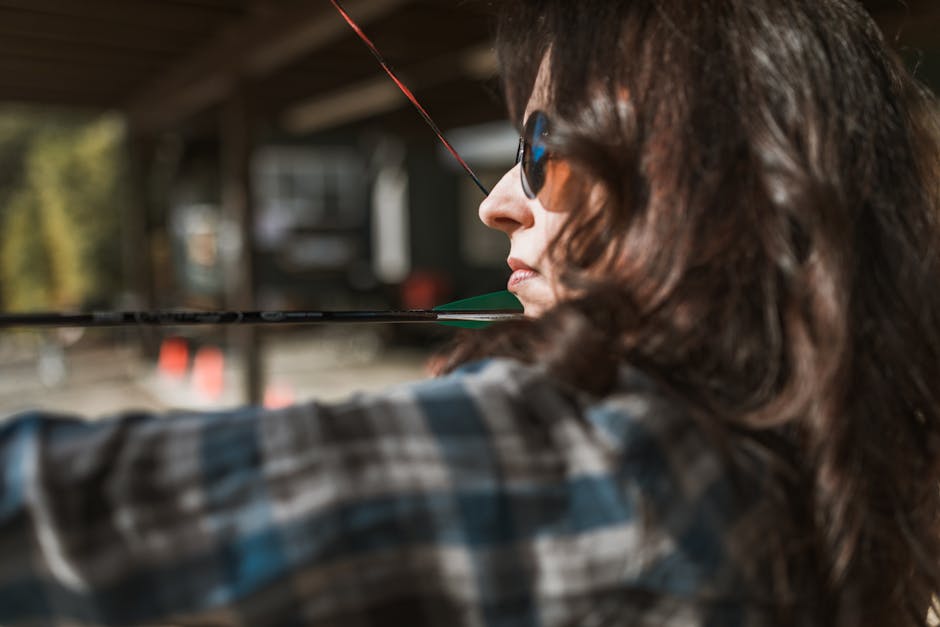
Recurve bows are typically made from a variety of materials, each offering unique advantages and characteristics. Traditional bows are often crafted from wood, such as maple, oak, or walnut, for a classic look and feel. Modern recurve bows may feature materials like fiberglass, carbon fiber, or aluminum for increased durability, performance, and customization options.
When choosing a recurve bow, consider the material’s impact on the bow’s weight, flexibility, and maintenance requirements. Wooden bows require more care and maintenance to prevent warping or damage from moisture, while synthetic materials are more resistant to environmental factors and wear. Selecting a bow material that suits your preferences and shooting style can enhance your overall archery experience.
Considering Bow Accessories
In addition to the bow itself, selecting the right accessories can enhance your shooting experience and performance. Accessories like stabilizers, sights, arrow rests, and limb savers can improve accuracy, reduce noise and vibration, and provide added comfort during shooting. When choosing a recurve bow, consider the compatibility with various accessories and your preferences for customization.
It is essential to try different accessories and configurations to find the setup that best suits your shooting style and goals. Consulting with experienced archers or visiting a reputable archery shop can help you explore different options and make informed decisions when selecting bow accessories.
Setting a Budget
When choosing the perfect recurve bow, it is essential to set a budget based on your skill level, preferences, and goals. Recurve bows come in a wide range of prices, from budget-friendly entry-level bows to high-end custom models. Consider investing in quality equipment that matches your skill level and commitment to archery while staying within your budget constraints.
Researching different bow models, brands, and features can help you compare options and make an informed decision. Keep in mind that additional costs may include accessories, arrows, and maintenance supplies, so factor these into your budget when planning your archery setup.
Common Misconceptions
One common misconception about choosing a recurve bow is that higher draw weight equals better performance. While draw weight is important for accuracy and distance, selecting a draw weight that is too heavy can lead to poor form, fatigue, and reduced enjoyment of archery. It is crucial to find a balance between draw weight, comfort, and skill level to maximize your archery experience.
FAQs
1. How do I know what draw weight is right for me?
The best way to determine the right draw weight for you is to consult with an experienced archer or archery instructor. They can assess your strength, skill level, and goals to recommend a draw weight that suits your needs.
2. Are there different types of recurve bows for hunting and target shooting?
Yes, there are recurve bows designed specifically for hunting, featuring higher draw weights and shorter lengths for maneuverability in the field. Target shooting bows typically have lower draw weights and longer lengths for stability and accuracy on the range.
Conclusion
Choosing the perfect recurve bow is a personalized process that involves considering various factors such as draw weight, bow length, material, accessories, and budget. By understanding your preferences, skill level, and goals, you can select a recurve bow that enhances your archery experience and improves your performance. Whether you are a beginner or a seasoned archer, the right recurve bow can make a significant difference in your enjoyment and success in the sport. Take the time to explore different options, seek advice from experienced archers, and test out different bows to find the perfect fit for you.

